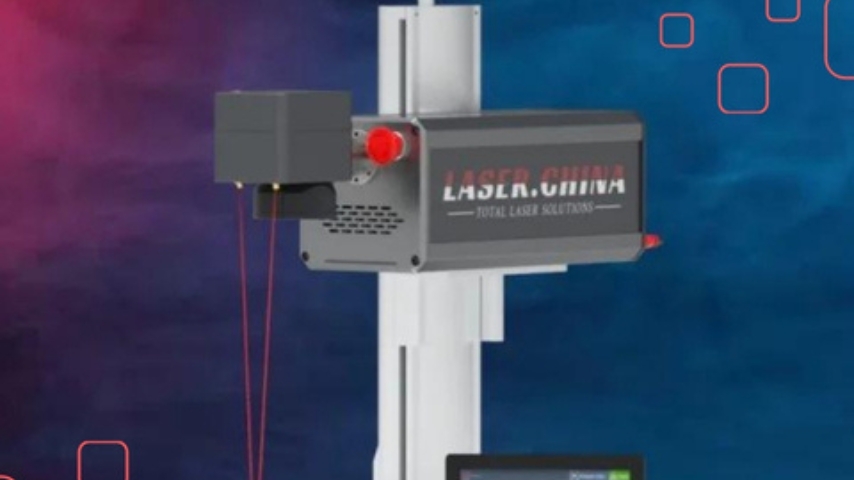What is a laser beam welder and how does it work in industrial applications

A laser beam welder is a type of welding machine that uses a concentrated laser beam to join materials, typically metals or thermoplastics. It is a highly precise and efficient welding technology widely used in industries ranging from automotive to electronics and aerospace.
What is a Laser Beam Welder?
At its core, a laser beam welder employs a focused beam of coherent light generated by a laser source. This intense light beam delivers high energy density to a very small spot on the material’s surface, causing localized melting and fusion of the base materials. As the molten area cools, a strong, clean weld is formed with minimal distortion or heat-affected zones compared to conventional welding methods.
How Does It Work?
Laser beam welding (LBW) typically involves the following process:
-
Laser Generation: The laser source—often a fiber, CO2, or Nd:YAG laser—produces a powerful and concentrated beam of light.
-
Focusing the Beam: The laser beam is focused through lenses or fiber optics to a small spot size, concentrating the energy to create intense heat.
-
Material Interaction: When the laser beam hits the metal surface, the energy rapidly heats and melts the material at the weld joint. Because the heat is localized, the surrounding areas remain mostly unaffected.
-
Joining: The molten metal pools and fuses with the adjoining piece. Upon cooling, a precise and strong weld seam forms.
-
Control: Advanced laser welding machines use computer-controlled systems to move the beam or workpiece, ensuring accuracy and repeatability.
Advantages of Laser Beam Welding
-
High Precision: The laser beam’s small spot size allows for extremely fine and narrow welds, perfect for delicate components.
-
Speed: Laser welding is much faster than traditional arc welding due to the intense energy concentration and efficient heat transfer.
-
Low Heat Input: This minimizes distortion, residual stress, and thermal damage to the workpiece.
-
Automation Friendly: Laser welders can easily integrate with robotic arms and CNC systems for automated production lines.
-
Versatility: It can weld a wide range of metals including steel, aluminum, titanium, copper, and dissimilar metals.
-
Non-contact Process: The laser beam does not physically touch the material, reducing tool wear and contamination.
Common Industrial Applications
-
Automotive Industry: Laser welders are used to join car body panels, engine components, and transmission parts with high speed and accuracy.
-
Electronics Manufacturing: The technology is ideal for micro-welding tiny parts in circuit boards, sensors, and connectors.
-
Medical Devices: Laser welding enables hermetic seals in implants, surgical instruments, and other precision devices.
-
Aerospace: It is used for welding lightweight alloys and critical components where strength and reliability are crucial.
-
Jewelry and Watchmaking: Laser welding allows precise joining of small, intricate parts without damaging delicate materials.
Types of Laser Sources
-
Fiber Lasers: Most popular due to their compact size, high efficiency, and excellent beam quality.
-
CO2 Lasers: Common in cutting and welding thicker materials but generally less efficient than fiber lasers.
-
Nd:YAG Lasers: Preferred for very fine welding tasks, especially in jewelry and medical device fabrication.
Considerations When Choosing a Laser Beam Welder
-
Material Type and Thickness: Different lasers and power levels suit different metals and thickness ranges.
-
Welding Speed and Precision: Higher power machines weld faster but may increase costs.
-
Automation Needs: Integration with robotic systems for mass production requires compatible control software and hardware.
-
Budget and Maintenance: While laser welders have higher upfront costs, their efficiency and low maintenance can offer good long-term value.
Conclusion
A laser beam welder is a powerful and versatile tool that offers precision, speed, and quality superior to many traditional welding methods. By focusing intense laser energy on a small area, it produces clean, strong welds with minimal thermal impact. Its wide range of applications across automotive, electronics, aerospace, and medical industries highlights its critical role in modern manufacturing. When selecting a laser beam welder, understanding the specific material requirements, production needs, and budget constraints is essential to maximize the benefits of this advanced welding technology.







Leave a Comment